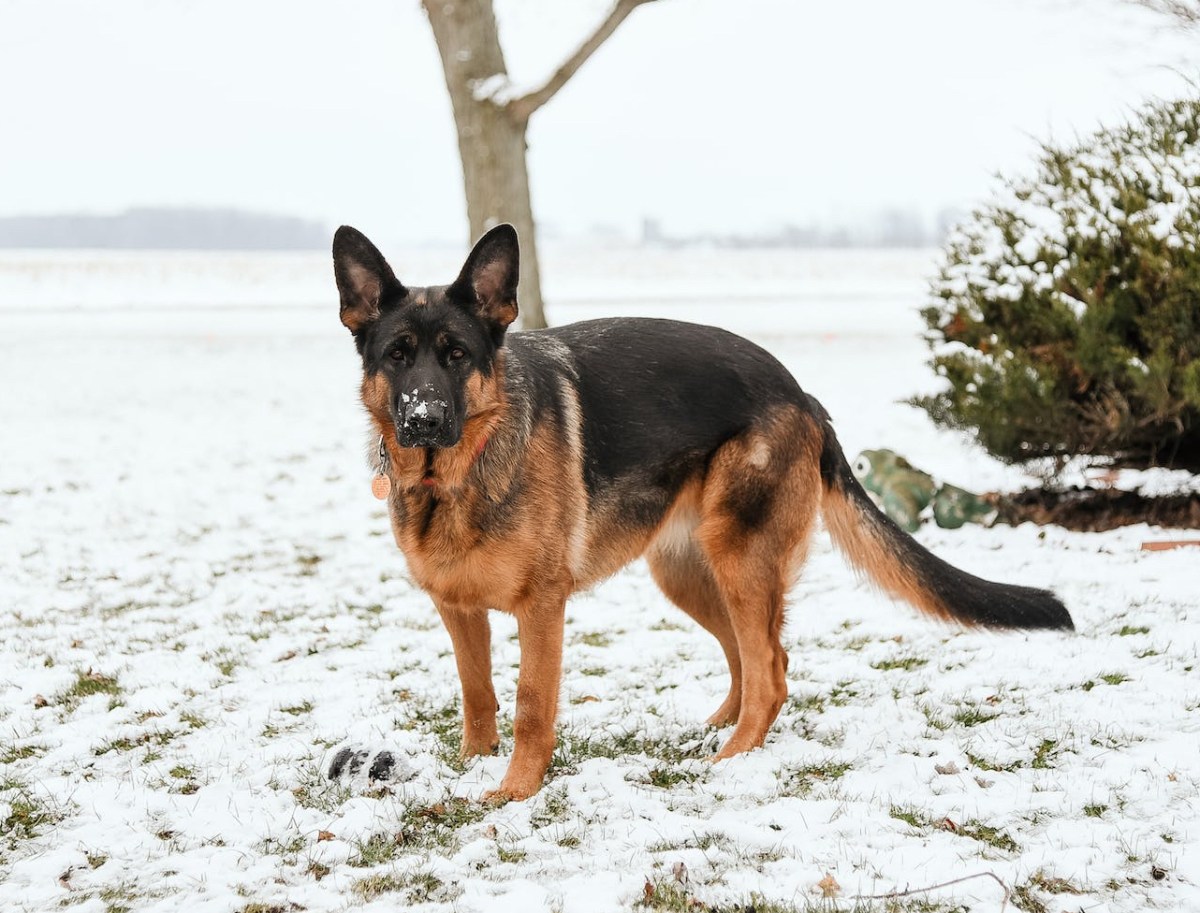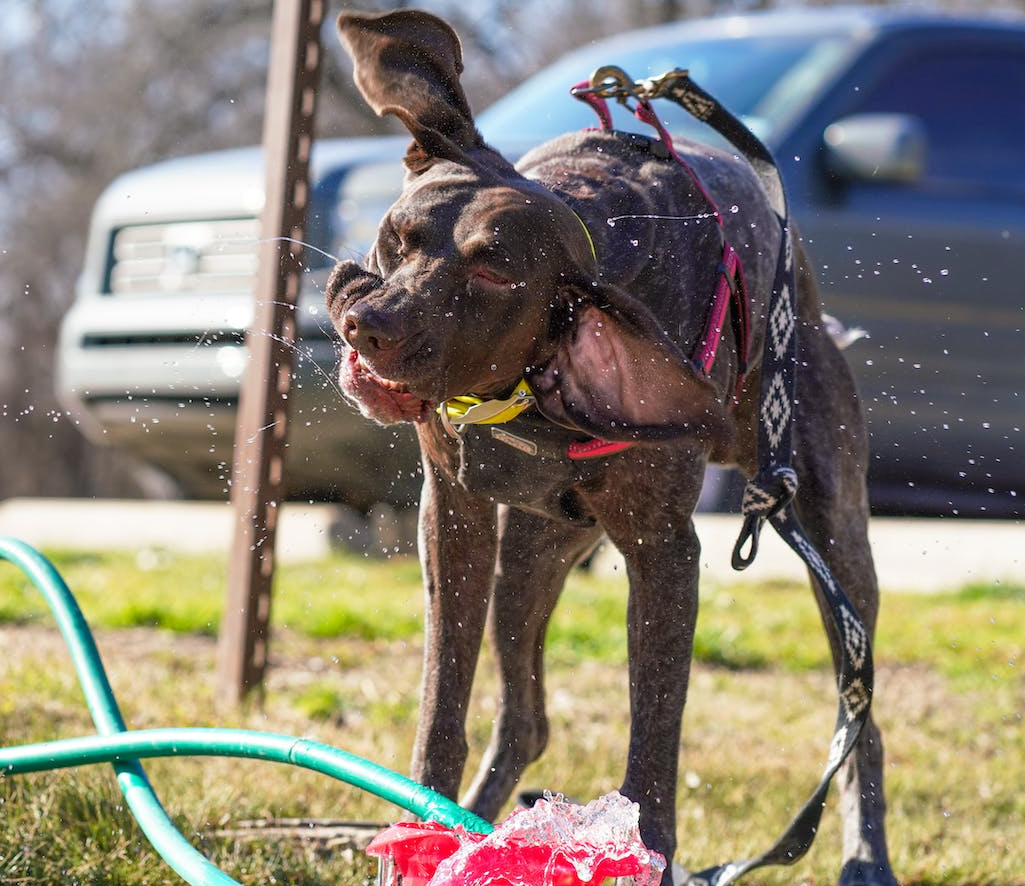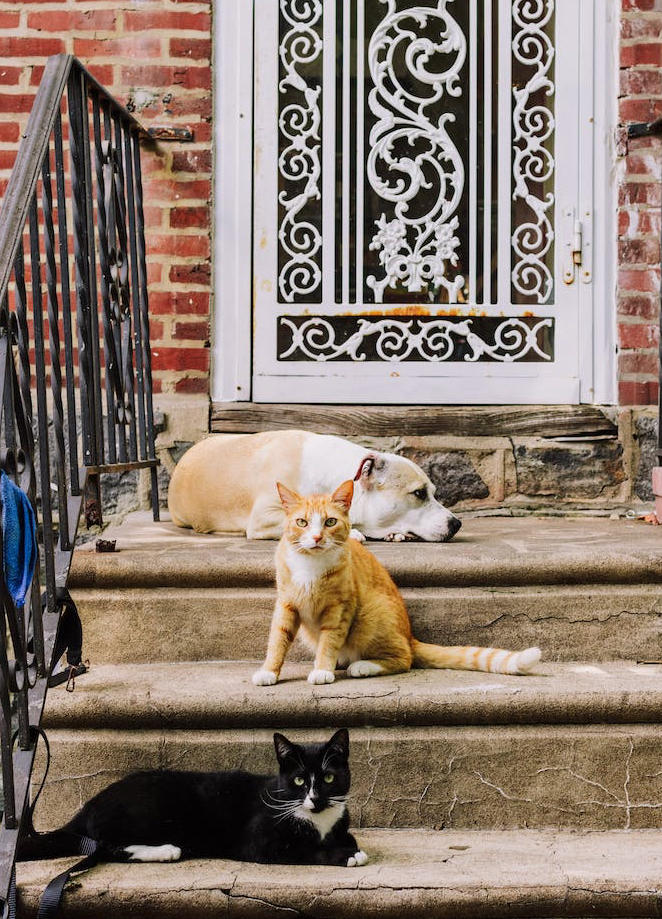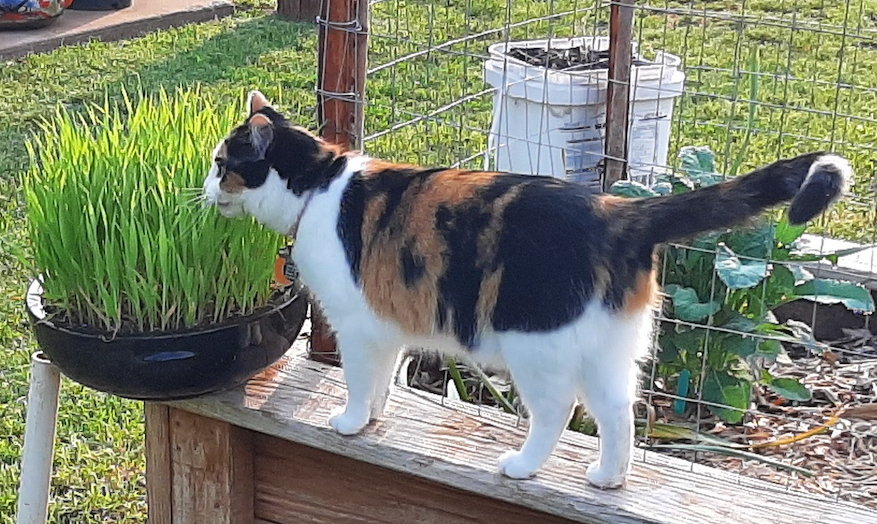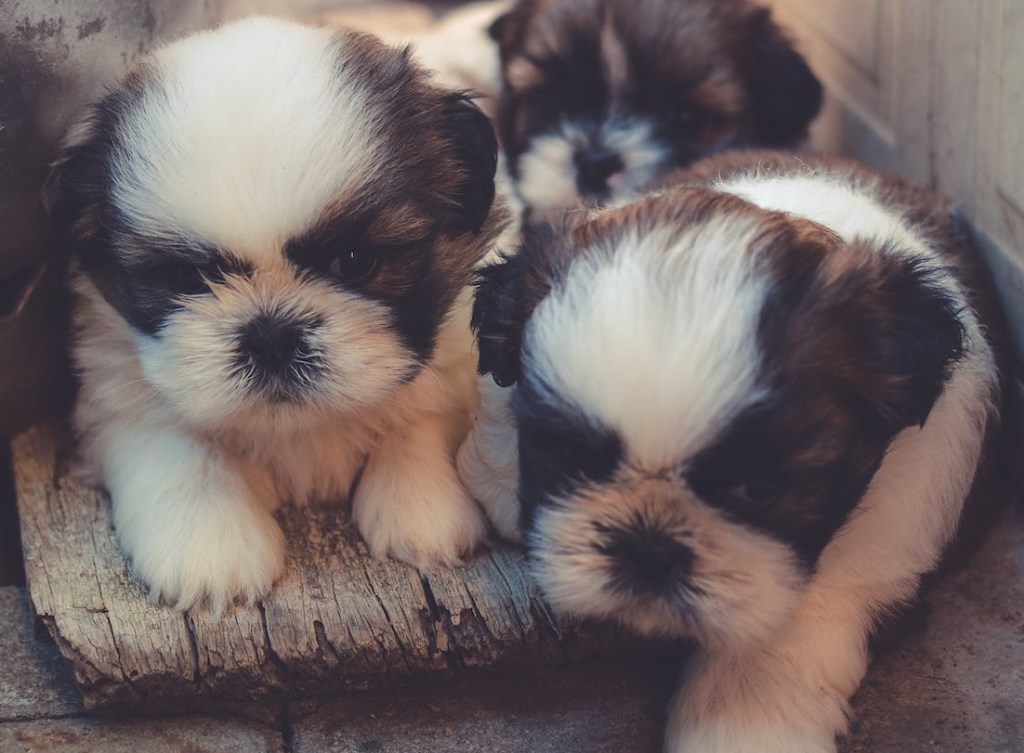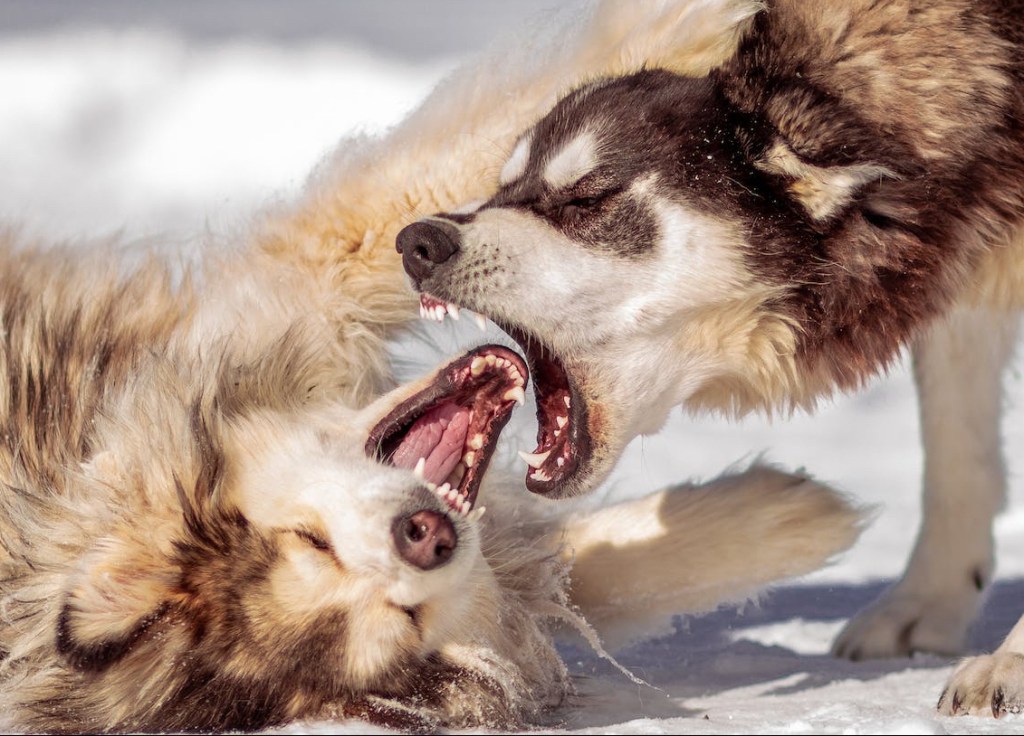I use affiliate links to support my content at no extra cost to you.
It’s that time of year again. The time when dust bunnies, made up of more fur than dust, gather everywhere, including on you. But we’ve just had some arctic weather and ice, at least where I live. So, you ask yourself, “Why is my dog shedding so bad in the winter? I thought they’d need their coat in this.” Even though it seems contradictory occurring in the middle of below freezing temperatures, it’s in fact typical for double-coated dogs. However, this kind of shedding is called “blowing their coat“. When you pet your dog and your hand comes away with a pile of fur, your dog just might be blowing their coat.
Most dogs shed, even hypoallergenic ones to some degree. Although, how often and how much they shed differs by breed and coat type. Moreover, shedding is usually normal. Though, there are times when it can indicate something else is going on with your dog.
Reasons Why Dogs Shed So Bad in the Winter

Seasonal Changes
Again, the number one reason dogs shed during winter is because it’s perfectly normal. And most dogs shed year round. Excluding completely hairless dogs, most dogs lose a few strands at a time all year long. Fur grows in cycles: new growth to resting stage to dormancy before it falls out. This shedding is merely the process where the fur falls out to be replaced by new fur.
Whereas fur normally sheds over the course of time, seasonal changes speed up the process for many breeds with double-coats. Dogs like Aussies, Siberian huskies, and labradors with double-coats have a longer, water-resistant top-coat and a shorter, thicker undercoat for warmth. Temperature and daylight changes cause double-coated dogs to blow their coats in preparation for the upcoming season.
Dogs shedding bad in winter, or seasonal periods of heavy shedding, occur only twice a year. Usually they start in fall and spring, which is why dogs might shed crazy in winter. They’re losing their summer coat to grow in the new winter one. And depending on your dog’s breed, this particular reason for shedding lasts from 2 to 4 weeks each season.
Dry, Itchy Skin
Not only does winter affect your fur baby’s shedding cycle, but sometimes dogs may not drink as much water during winter. However, during both summer and winter, keeping your dog hydrated is extremely important for their health, including their skin and to prevent shedding. In addition, if it’s freezing and windy out, the weather can affect your dog’s skin regardless of whether they’re drinking plenty of water or not.
Another source of dry, itchy skin is food allergies or intolerance, which is a typical cause of shedding. Furthermore, it can also cause skin infections. Not only will the fur fall out, sometimes there can be areas of complete hair loss.
There are some ways to address your dog’s shedding if it’s due to dry, itchy skin. First, if you have a small, single-coat dog, limit their exposure outside. Or make sure to bundle them up prior to letting them out. And once they cue you to be let back in, promptly let them back inside. Also, using a humidifier in your home will help manage the dry air inside your house. Although, if you’ve modified your dog’s food and notice actual areas of fur or hair loss or skin abnormalities, call your veterinarian.
Inadequate Diet
Apart from seasonal changes, another source of intense shedding in dogs include a deficient diet. Veterinarians have long known that nutrition has an effect on the health of your dog’s skin and coat, for good or bad. Dog hair or fur is roughly 95% protein. In addition, natural hair growth and skin keratinization in dogs result in a need for protein.
While cheap dog foods might meet minimum quality requirements, they may not have enough protein or nutrients for your dog. Therefore, pick higher quality dog foods that satisfy nutritional requirements established by the Association of American Feed Control Officials (AAFCO). AAFCO is a non-profit that sets standards for the quality and safety of animal and pet food. Additionally, many states implement AAFCO models. Or they use them in regulating feed and pet food. Plus, if your dog is eating food under the AAFCO model, they won’t need supplements, unless directed by your veterinarian.
Infrequent Grooming
For most dogs, regardless of breed, routine grooming is necessary year round. Though, for double-coated breeds, when their winter coat comes in, it’s even more of a priority. While long-haired dogs need regular grooming to prevent their fur from matting, short-haired dogs usually only require weekly brushing.
According to Wow Grooming, Rake-style brushes remove dirt and loose fur from a dog’s coat, and are better for double-coated breeds. And slicker brushes should be used on medium to long-haired dogs and on double-coated dogs to loosen the undercoat and ease out matts. Since a dog’s double coat helps regulate their temperature, don’t ever shave a double coated dog. It doesn’t resolve the issue of shedding. And it does more harm than good.
Health Problems
Whereas it’s certainly typical for double-coated dogs to shed in winter, sometimes the change in seasons isn’t the cause of excessive shedding. Food allergies, as I mentioned earlier, anxiety, and even certain medical conditions could cause your dog to shed more than usual.
If your dog is shedding excessively during which they also present other signs like hair loss, itchy skin, skin sores or infections, and weight and/or behavior changes, take them to the veterinarian. These symptoms could indicate an underlying illness.
In Conclusion

Provided your pooch is healthy, well fed and well watered, some additional shedding during winter isn’t a big deal. Though, you may not agree as you find yourself vacuuming more just to keep up with all the fur. Further, you can’t completely stop your dog from shedding. But regular brushing with the right tools will help clear out the dead fur before it falls out. And if you notice your dog with skin conditions, weight loss, or behavior changes in addition to excessive shedding, talk to your vet.
Do you have a double- or single-coated dog? And are you finding yourself picking up clumps of fur like me? How do you manage seasonal shedding?
Thank you for reading this. Please like, share, and if you don’t already follow me, you can do so now.
https://chickcozy.com/kristinasmith
